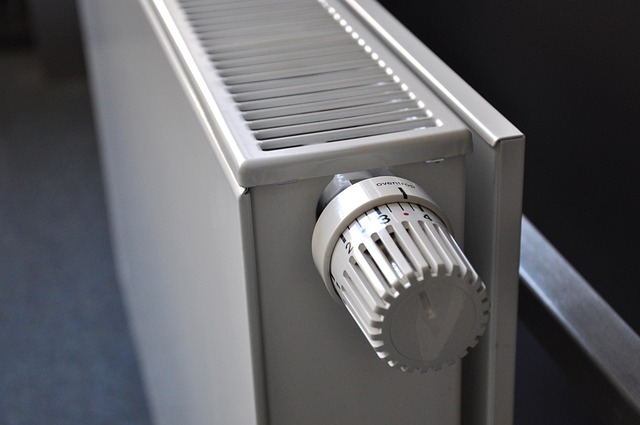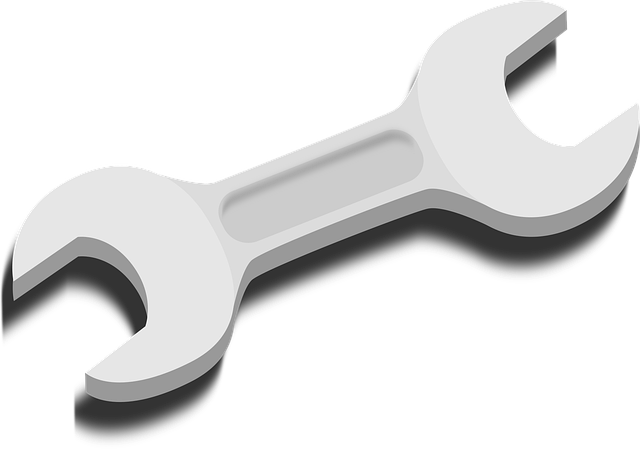When dealing with a malfunctioning thermostat, start by checking power supply and settings, then consider factors like sensor glitches or wiring problems. If issues persist, consult a thermostat repair expert. Replace thermostats every 5-10 years during moderate seasons. Avoid DIY repairs beyond your skill level; always ensure proper wiring and calibration by an expert. Advanced users can troubleshoot complex issues, checking power sources, sensors, and programming new thermostats for optimal performance.
Having trouble with your thermostat? You’re not alone. Many homeowners face thermostat issues, but there are simple solutions to get your heating and cooling back on track. This guide is your go-to resource for fixing common problems, from diagnosing faulty thermostats to replacing them entirely. Even if you’re a thermostat repair expert, our advanced troubleshooting tips offer valuable insights. Get ready to take control of your home’s temperature with confidence.
- Diagnosing Common Thermostat Issues
- Replacing a Malfunctioning Thermostat
- Advanced Troubleshooting Tips for Experts
Diagnosing Common Thermostat Issues

When dealing with a thermostat that’s not functioning correctly, it’s crucial to approach the problem methodically. Many issues can be diagnosed and resolved by homeowners without professional intervention, but for more complex cases, a thermostat repair expert is your best bet. Start by checking the power supply; ensure the thermostat is plugged in and the circuit breaker isn’t tripped. A simple reset might fix minor glitches.
Next, examine the settings and programming. Smart thermostat setup issues often stem from incorrect time zones or temperature settings. Verify these parameters and adjust as necessary. If your system involves a boiler repair, ensure the thermostat is compatible with the heating system. In cases where the problem persists, it could be due to faulty sensors, battery replacement, or wiring issues, all of which are signs that it’s time to call in a thermostat repair expert for more thorough troubleshooting and repairs.
Replacing a Malfunctioning Thermostat

If your thermostat is not functioning properly, one of the first steps to take is to check if it needs replacement. A malfunctioning thermostat can be a frustrating issue, especially in extreme weather conditions. As time goes on, thermostats can wear out and lose accuracy, so it’s important to know when to replace them. If you’ve noticed inconsistencies in temperature readings or your heating/cooling system isn’t responding as expected, it might be time for a thermostat repair expert to install a new one.
Consider the best time to install a new thermostat—typically during seasons of moderate temperatures, like spring or fall. This ensures minimal disruption and allows for efficient testing. Keep in mind that how often you should replace a thermostat depends on various factors, including its age and usage. While there’s no strict rule, many experts recommend replacing them every 5 to 10 years. When undertaking thermostat repair, it’s crucial to follow do’s such as ensuring proper wiring and calibration, while avoiding common don’ts like ignoring warning signs or attempting DIY repairs beyond your skill level.
Advanced Troubleshooting Tips for Experts

For the more experienced do-it-yourselfer or thermostat repair expert, advanced troubleshooting techniques can help pinpoint and resolve complex issues. Start by double-checking the power source – a tripped circuit breaker or blown fuse could be causing the problem. Ensure proper wiring connections at both the thermostat and heating/cooling unit, addressing any loose or corroded terminals with care.
Next, investigate sensor issues, as these play a crucial role in accurate temperature readings and control. A dirty or blocked sensor can disrupt performance, so clean or replace it if necessary. Moreover, programming your new thermostat to match your home’s specific needs is essential for optimal operation, especially when addressing unusual behavior or unexpected energy bills. Remember that troubleshooting leaky thermostats is also a common challenge; ensure seals are tight and consider replacing the unit if damage is severe.
If your thermostat is acting up, don’t despair. With a bit of troubleshooting and possibly a replacement, you can have it working like new again. For more complex issues, don’t hesitate to consult a thermostat repair expert for advanced solutions. By understanding the common problems and available remedies, you’re well-equipped to restore comfort to your home efficiently.
